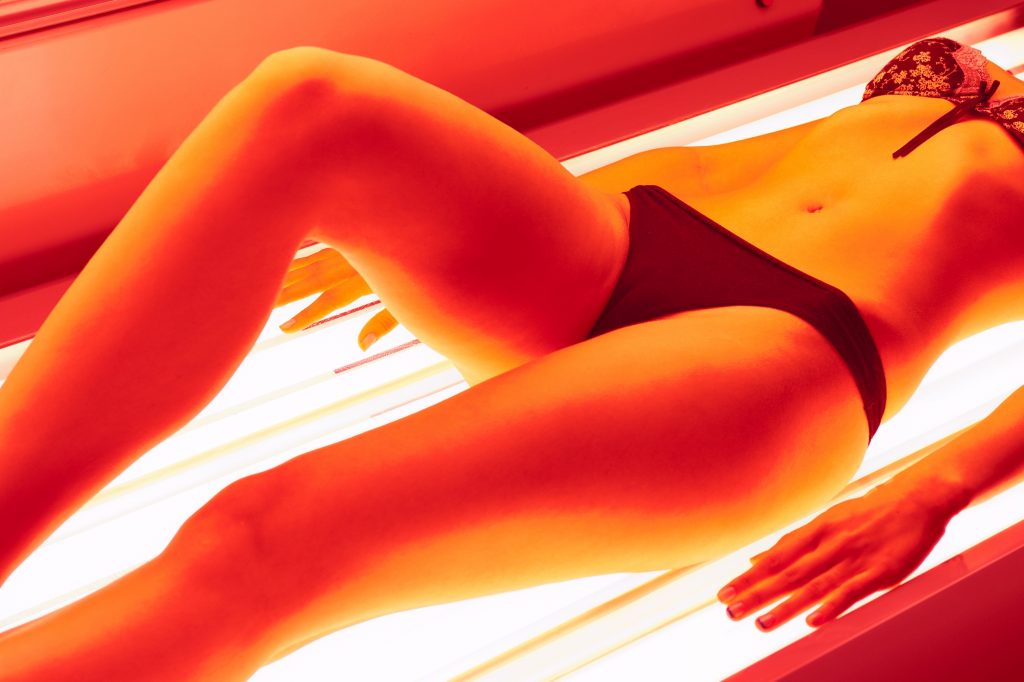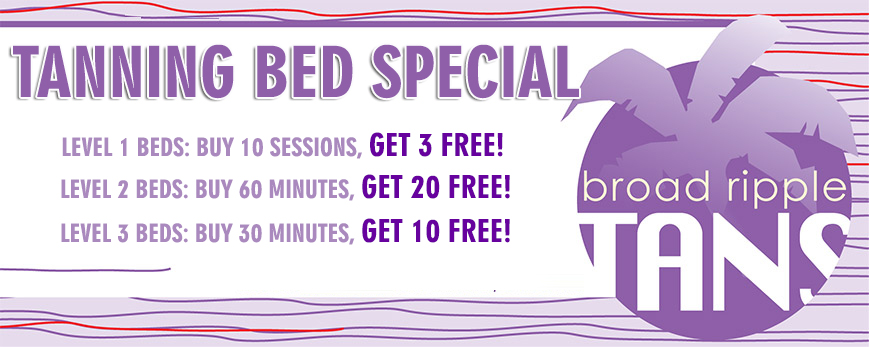Welcome to our deep dive into the fascinating world of human biology! Today, we’re unraveling one of nature’s most intriguing puzzles: How does our skin tan? Many of us love the bronzed, sun-kissed look of a summer tan, but have you ever stopped to wonder about the science behind it? This process involves more than just lounging in the sun. It’s a complex reaction involving melanin, UV rays, and your skin’s protective mechanisms. So, grab your sunscreen and join us as we explore the intricacies of tanning.

Understanding Melanin
To understand tanning, we must first understand a key player in the process: melanin. This natural pigment is responsible for giving our hair, eyes, and skin their color. It’s produced by specialized cells called melanocytes, found in the bottom layer of our epidermis (the outermost layer of skin). These cells produce two types of melanin: eumelanin, which gives skin a brown or black color, and pheomelanin, which creates red and yellow tones. The amount and type of melanin we have is determined by our genetics.
How Tanning Happens
So how does our skin tan? When exposed to UV radiation from the sun (or tanning beds), our skin reacts by producing more melanin. The melanocytes release this pigment into surrounding skin cells, causing them to darken in color. This is your body’s natural defense mechanism against UV damage. By increasing the amount of melanin in your skin, it helps to absorb and dissipate harmful UV rays before they can reach deeper layers of tissue.
The Role of UV Rays
UV rays are the key to tanning, but they can also cause damage to our skin. There are three types of UV rays: UVA, UVB, and UVC. UVC is filtered out by the Earth’s ozone layer, but both UVA and UVB rays can reach us. These rays penetrate different depths of our skin, with UVA rays reaching the deepest layers. They can cause premature aging, wrinkles, and age spots, while UVB rays are responsible for sunburns.
The Science Behind Sunscreen
As we mentioned before, sunscreen plays a crucial role in protecting our skin from UV rays. It contains ingredients that either reflect or absorb these harmful rays, preventing them from damaging our skin cells. Some sunscreens also contain antioxidants, which help repair any DNA damage caused by UV radiation. When choosing a sunscreen, make sure it offers broad-spectrum protection against both UVA and UVB rays.
Factors Affecting Tanning
The amount of melanin we have isn’t the only factor that determines how our skin tans. Other factors such as skin type, age, and location also play a role. People with fairer skin have less melanin and are more prone to sunburns, while those with darker skin have more melanin and can withstand longer exposure to UV rays before burning. As we age, our skin produces less melanin, making us more susceptible to sun damage.
The Role of Melatonin
You may have heard of melatonin as a hormone that helps regulate our sleep cycle, but did you know it also plays a role in tanning? Melatonin is produced by the pineal gland in our brain and helps control our skin’s response to UV radiation. During prolonged sun exposure, melatonin levels decrease, leading to an increase in melanin production. This process can take up to 48 hours, which is why you may notice your tan deepening a day or two after sun exposure.
Sunless Tanning
Not everyone wants to spend hours in the sun to achieve a golden glow. That’s where sunless tanning comes in. These products contain dihydroxyacetone (DHA), a colorless sugar that reacts with amino acids on the surface of the skin to produce a temporary darkening effect. It’s essential to note that these products do not offer any protection against UV rays and should be used in conjunction with sunscreen. Nonetheless, spray tanning is a great way to get that fresh glow without any UV exposure.
Final Thoughts
As you can see, tanning is more than just a cosmetic change in our skin color. It’s a complex biological process involving melanin, UV rays, and our skin’s protective mechanisms. So next time you’re soaking up the sun, take a moment to appreciate the science behind your summer tan, and don’t forget to protect your skin with sunscreen!
Are you looking for a local tanning salon that offers the best tanning beds and products around? Contact Broad Ripple Tans at 317-257-8262 to get the best deals on tanning beds, spray tanning, tanning products, and more! We also offer coupons!
Related Posts:
Facts About Vitamin D and its Effect on Skin Health
How Does Skin Produce Vitamin D?
Will Eating More Beta Carotene Give Me a Tan?


